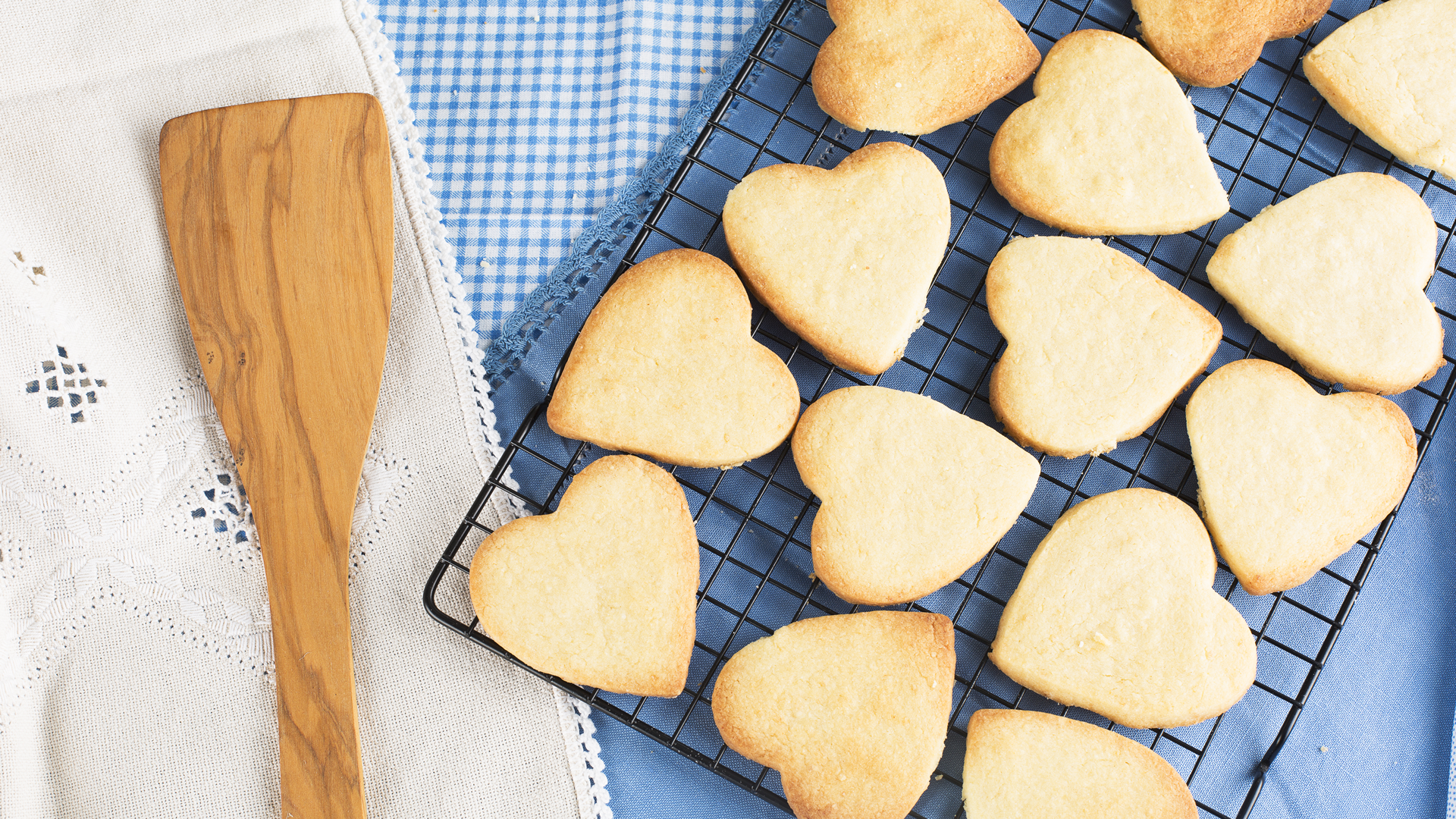Choosing the right cooker for your Food Technology classroom
With so many different cookers available it can often be daunting choosing the right one for your Food Technology classroom, we make this process easy.

With such a big focus on healthier eating in schools over recent years, both Primary and Secondary schools are not only trying to provide more nutritious school meals, but they are also trying to better educate their students on how to prepare healthy meals through the Food Technology curriculum as well. But as a result of the rise in cookery lessons, many schools are having to evaluate whether their appliances are up to scratch!
For those of you who think it might be time for an upgrade, read on to find out the important things to consider when acquiring a new cooker for your school.
Fuel Type
Before anything else, it’s important to decide what fuel type you require the cooker to be. Many schools may be restricted by the connections already in place in the classroom – as it can be costly to alter them – but if you’re lucky enough to choose, it’s important to know the benefits of each option.
Freestanding cookers are available as either all gas, all electric or dual fuel. Whilst gas hobs offer instant heat that is easy to control, gas ovens usually don’t feature fans and therefore are normally hotter at the top of the oven, than the bottom. However, gas appliances could potentially cost less to run compared to electric or dual fuel cookers.
The hobs on electric cookers may be less responsive – unless you choose a more premium induction cooker – but the flat, ceramic surface is far easier to clean after use. Most electric cookers are also fitted with hot hob warning lights, so students will be fully aware when the hob is still unsafe to touch. In addition to this, electric ovens usually feature a fan to ensure heat is evenly distributed throughout the cavity.
If you’re torn between the features both gas and electric cookers provide, dual fuel might be the best option for you, as it features a gas hob, but with electric ovens.
Size
Next, you need to decipher what size cooker you require. Freestanding cookers are commonly available at 50, 55 or 60cm wide, but some schools may wish to acquire range cookers which can be up to 110cm wide. Again, your school’s current layout may restrict what size cooker you can choose, but it’s worth bearing in mind that 55cm and 60cm appliances generally have larger oven capacities than 50cm cookers. As a result of this, most schools are upgrading to wider cookers where possible.
Twin Cavity or Double Oven?
It is also important to consider whether you would prefer your cookers to have a twin cavity or double oven. Twin cavity cookers offer an oven in the main (bottom) cavity, whilst the top cavity provides a grill. Similarly, double oven cookers also feature an oven in the main cavity and a grill in the top cavity, but in addition to this, the top cavity can also be used as an oven when required. For this reason, double ovens are becoming increasingly popular, especially within schools where multiple students are required to share the same appliance during lessons.
Timer or No Timer?
Whether to have timers on your new appliances may seem insignificant at first – but when your students set off the timers in a room full of cookers during a lesson, you may soon wish you chose appliances without them! There are a vast range of cookers available both with and without timers, so whether you like the idea of students timing their cooking or would rather avoid the hassle, you will be sure to find the perfect option for your school.
Installation
Now that you’ve settled on the perfect cooker for your school, you should think about how you are going to get it installed. It is worth bearing in mind that the majority of suppliers charge separately for an installation service. This can soon increase the cost of an appliance which may at first have seemed like a good deal! Whilst trying to source your own electrician or gas safe engineer can be very time consuming, not to mention costly. By renting cookers from Utility Rentals, we will not only install your new cookers, but we will also disconnect, remove and dispose of the old appliance in line with the WEEE directive at no extra cost.
Aftercare
It’s a common mistake for schools to think that once the cooker is up and running, the hard work is over, but unfortunately that’s not always the case. Appliances are likely to breakdown at some point during their lifetime, but as schools are classed as commercial environments, many suppliers are unable to offer even the first 12 months warranty, leaving schools vulnerable to any faults that occur – right from day one! But, here at Utility Rentals, each cooker is provided with a full parts and labour breakdown warranty for the duration of the rental; so schools can relax knowing they are always fully supported and won’t be subject to any unexpected costs.
Expert Advice
As with the procurement of any new equipment, there is always a lot to consider and at times it may seem overwhelming. But that’s where we come in… contact Utility Rentals today on 01628 667373 and a member of the team will gladly help you to find the perfect cooker for your school.
We look forward to working with you!

